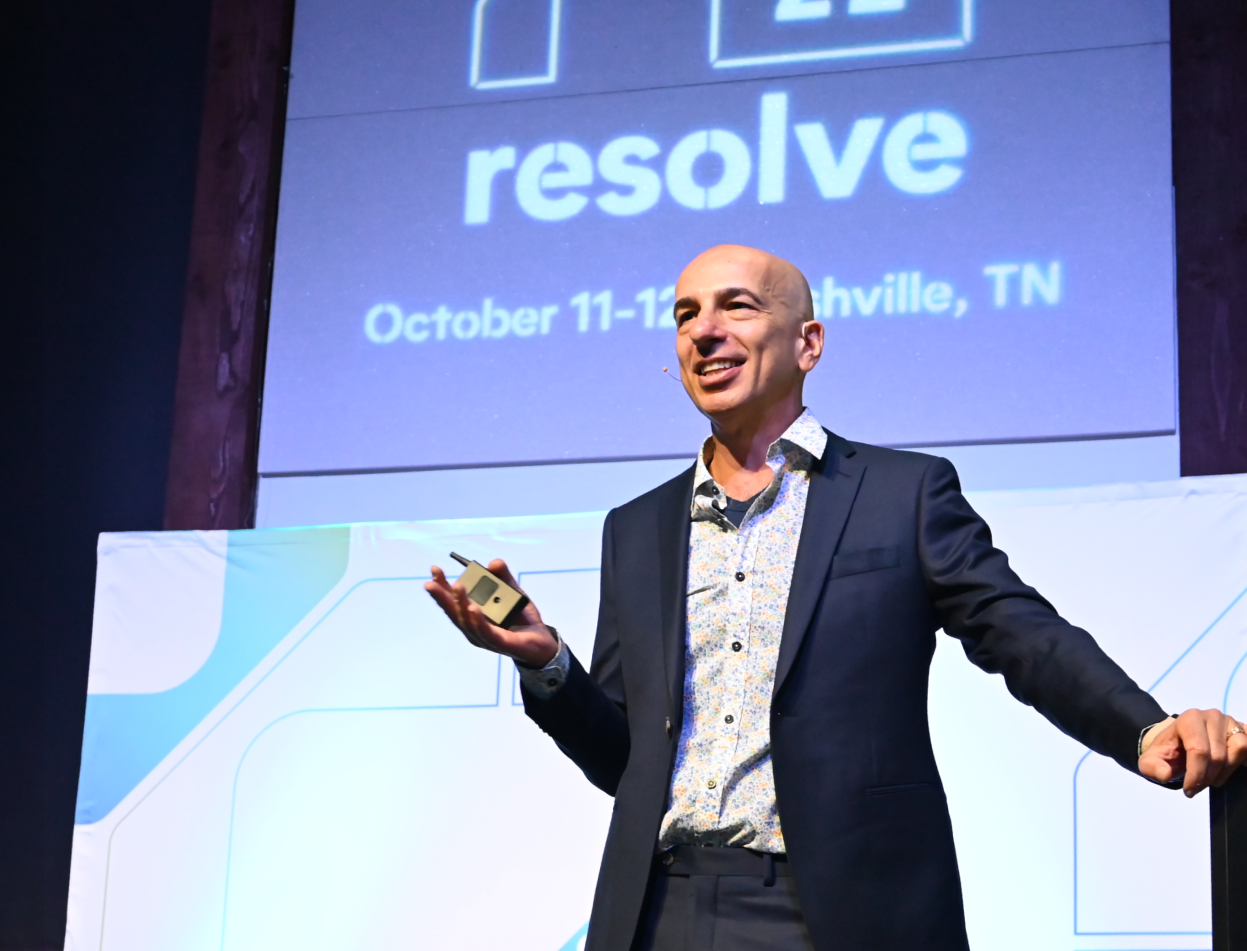According to the 2022 Benchmark Report, almost all contact center leaders (91%) report that automation is a critical or important priority in the next year. Most (95%) have either already adopted, are implementing now, or are planning to implement automation within the next year.
But the report – a survey of 300+ US-based enterprise contact center leaders – also found that automation is sometimes easier said than done. For many contact centers, the road to automation requires alignment across teams and unanimous enthusiasm within the organization.
Even after determining that automation will benefit customers and agents, there’s still work to be done to navigate common obstacles. Here’s what respondents to the 2022 Benchmark Report cited as their biggest barriers to adopting automation, and key considerations that have allowed contact center leaders to overcome them.
Barrier #1: Cost/budget constraints (49%)
Key Consideration: The transformative impact of Contact Center Automation can quickly dispel budget concerns. By automating tier 1 requests, and reserving live agent time for only the most high-value and complex calls, contact centers can recoup their investment in under six months, according to a Forrester Total Economic Impact Study. In the study, Replicant was found to have eliminated a bottleneck with one food delivery app, which reduced order cancellations and led to an additional $360,000 in revenue over three years.
Barrier #2: Limited IT resources (40%) or desire to build in-house (24%)
Key Consideration: Unlike CCaaS overhauls and custom designed chatbots, Contact Center Automation requires minimal resources to implement when deploying a solution alongside a knowledgeable provider. On the other hand, building a solution in-house is a highly complex and time-intensive process that requires continual retraining and maintenance to be successful. Often, it requires entire teams of conversation designers, machine learning engineers, and CX experts. For most contact centers, the value of automation is much greater when it is pre-trained on millions of conversations, integration-ready, and able to be deployed in weeks – not months or years.
Barrier #3: Lack of leadership buy-in (32%)
Key Consideration: While a third of respondents cite a lack of corporate buy-in as a barrier to Contact Center Automation, 84% said they see the value and need of the technology. Automation is an effective solution for some of the most pressing contact center challenges today. It’s been shown to dramatically improve customer satisfaction, eliminate wait times, and provide a scalable infrastructure for handling spikes in inbound calls. As automation moves from early majority to late majority status in the next year, those who are able to deploy solutions first will have a distinct advantage over their competitors.
Barrier #4: Unsure how to get started or too complex (23%)
Key Consideration: Although 77% of leaders say they know how to get started and 90% believe automation works, a portion still feel it’s too complex or overwhelming to explore right now. It’s hard to blame them. Contact center transformations like cloud migrations have historically been convoluted, expensive, and slow. But it’s important to make the distinction between Contact Center Automation and wholesale platform changes. A common strategy when deploying automation is to begin with a testbed project. This might be automating a portion of a single contact driver over a single channel, such as 25% of Customer Authentications. Once comfortable, leaders can determine if improvements must be made before adding volume and expanding to more high ROI use cases.
Barrier #5: Don’t have the right skills/team (21%)
Key Consideration: While 79% of respondents feel they have the right skills and team to use automation, just over 20% don’t share that sentiment. When exploring automation solutions, the latter group should place an emphasis on partners who have experience guiding the deployment process from both a technology and business perspective. A solution design cycle should begin with a thorough discovery and documentation of metrics in order to calculate an expected ROI. From there, partners can provide expertise in performing a technology assessment alongside your IT, CCaaS and telephony stakeholders, before using their own conversation design experts to create an automation solution tailored to your brand.
Barrier #6: Skepticism that customers are ready (21%)
Key Consideration: Even though 79% of leaders believe customers are ready for some capacity of automation, it’s reasonable to expect confidence to vary by industry, brand and customer type. However, recent data shows that 71% of people would rather speak to a machine than endure 15 minutes on hold. In addition, the leaps in capabilities that have been made in conversational AI over the past years have greatly expanded the effectiveness of automation across customer segments. Because, a marketplace for older adult wellness products, successfully resolves high-volume, tier 1 calls with a 90% resolution rate across their customer base and has already begun expanding their solution to more channels.
You can read the full 2022 Benchmark Report here, or learn more about Contact Center Automation with our comprehensive guide.




